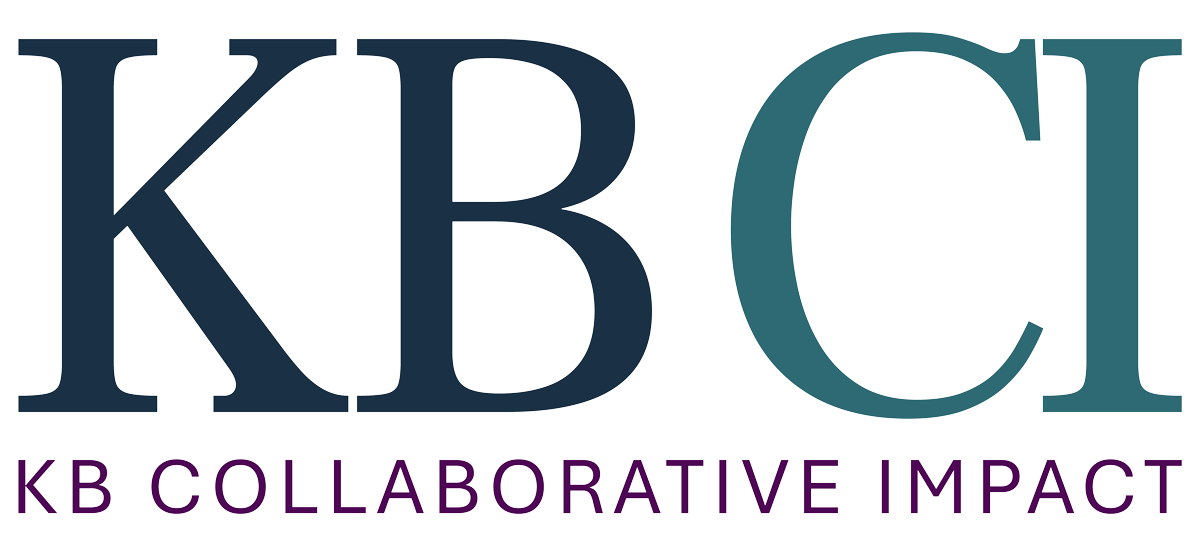
New year. New president. New strategy.
by Katherine Burke
How can your organization strategize effectively and maintain morale in highly uncertain times? Focus on options and flexibility.
Trying to build strategic plans right now can feel overwhelming. It might be difficult to see the pathways to success, and the barriers can feel insurmountable. But it is not impossible to get your strategy planning right, even under these circumstances. This is the time to develop smart contingency plans and prepare for quick shifts when conditions change. Successful planning requires that you: 1) know all you can about likely operating conditions; 2) be clear on what you want to achieve; 3) understand the likely challenges and risks; 4) consider a variety of options; 5) systematically evaluate those options; 6) develop plenty of contingencies and leave detailed action planning to implementing teams.
Effective strategic planning:
Step 1: Research. Be sure you know everything that’s possible to know about likely conditions you’ll face. Identify the key decision-makers/power holders in your space and learn about their historic views and ways of operating. Review any available materials that lay out likely plans and study the past behavior of relevant agencies, organizations and individuals. You probably have more power than you realize to accurately predict upcoming conditions.
Step 2: Set goals.Be very clear about what you want to achieve in the short, medium and long-term – given what you know about your likely operating environment, your organizational capacity and your mission. Don’t set goals that are entirely unrealistic, but don’t limit yourself and concede defeat before you’ve even begun to strategize. You can and should re-evaluate your goals as you go through this process; you might discover that you’ve set the bar too low, or that you’ve overestimated the feasibility of some opportunities.
Step 3: Identify barriers. A good way to thoroughly expose likely barriers and risks is to imagine a hypothetical future in which you have failed to achieve your goals. Then think through why. Why might you have failed? Draw on staff from all corners of your organization to do this thinking from varying perspectives. Chart the items on your list based on likelihood and impact to determine which are most critical to consider, and which are least. Focus on the likely andimpactful risks and barriers as you analyze your options and formulate your plans.
Step 4: Brainstorm options.Once you know what you want to achieve and what might stand in your way, brainstorm options by utilizing enabling questions. E.g. “How will we increase individual donations enough to provide stability by end of FY26?” “How will we maintain motivated and committed teams?” Don’t create questions that pre-suppose action plans (e.g. “how will we get 5,000 new donors via Facebook?”). Instead, focus on your high-level goals to establish a long list of directions your organization could head.
Step 5: Analyze pathways. Haven’t made a decision tree since grad school? Now is the time to revisit that skill. Use the information you have elicited in steps 1-4 to map likely outcomes from various approaches and identify the courses of action that best respond to the most likely conditions. (Learn more about how to create and utilize decision trees for strategic planning here: Decision Trees for Decision Makingin the Harvard Business Review by John F. Magee.)
Step 6: Build your strategy and contingencies. An effective strategy will: prioritize the most critical goals; respond to the identified barriers and questions; and not be overly prescriptive. Leave space for your teams to assess current conditions and develop flexible action plans. In Forbes’ Military Strategy Lessons For Unpredictable Times, Mark Robinson describes this as a preference to have teams “think about ways to get across the river” rather than mandate that they “take the bridge.” Your teams should build plans based on their knowledge and their ability to track and respond to changes in the operating environment. You should also lay out a variety of contingency strategies based on your analysis, and prepare your teams for quick shifts as you gain more information.
Maintaining staff morale:
Decentralize action planning:Staff who are closest to the action will often have first eyes on changes in the environment, and must have flexibility to adjust plans quickly. It’s critical that every team knows exactly what they are responsible for. Everyone in your organization is responsible for achieving the goals set out in your strategy, which means supporting one another. If there are likely points of tension between team objectives, lay out a clear order of prioritization, define decision-making rules and develop open lines of communication to avoid having teams working at cross-purposes or developing distrust. All of this will ensure that teams are well-prepared to pivot quickly if (when) necessary.
Get moving:Don’t spend forever planning. Yes, do the thorough thinking and analysis to develop a feasible strategy and contingencies. And take the time to bring in stakeholders at all levels to support the brainstorming work. But keep your decision-making group small so you can quickly proceed without undue deliberation. Leadership should set the goals and the framework, and then do everything possible to enable success – unlock barriers; define roles; track progress; share information and respond to changing conditions when necessary. Action without a strategy will result in wasted effort and frustration. A strategy without action will demoralize and exhaust. Successful organizations with motivated staff strike the right balance.
Be honest and inclusive:Be honest that you don’t know everything or have all the answers right now. Share the thinking that you’re doing, and bring staff in to support your brainstorming and analysis – both to leverage their unique expertise, and to build confidence in your strategic planning efforts.
Political, policy and economic uncertainty makes this a difficult moment for organizations of all types to strategize. But it’s not impossible to chart a path to success if you maintain a focus on options and flexibility. If your organization could use some assistance to make these steps a reality, I’m here to help. Learn more about the ways I can support your organization here.

